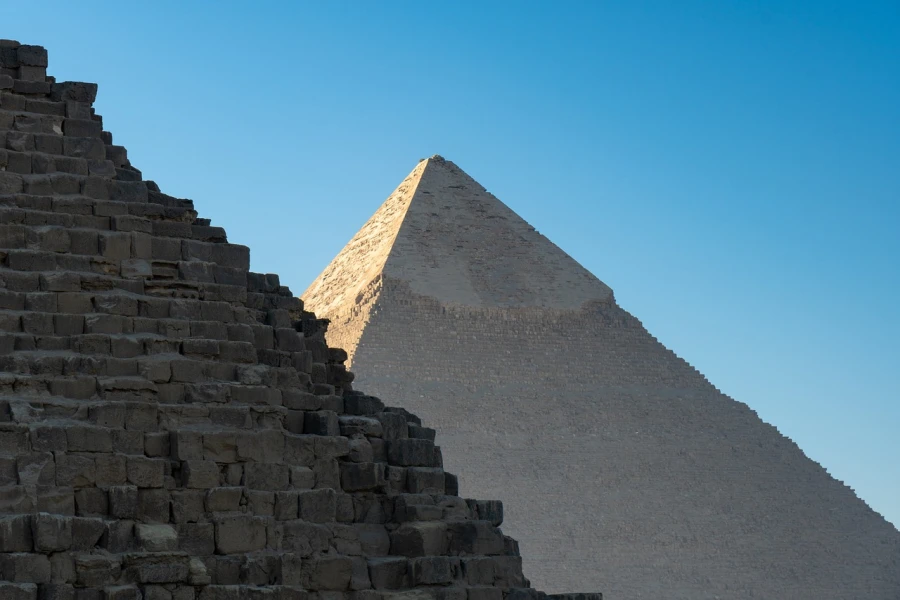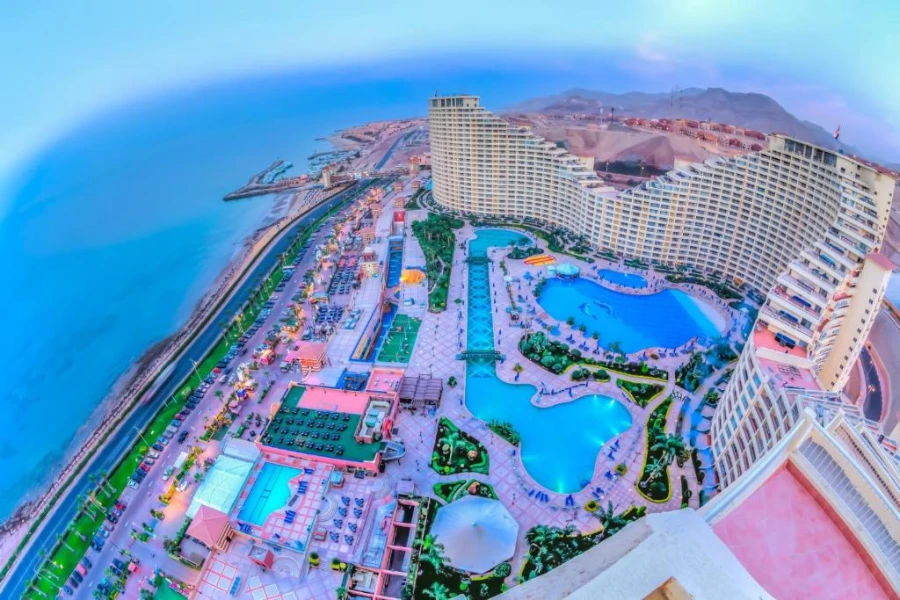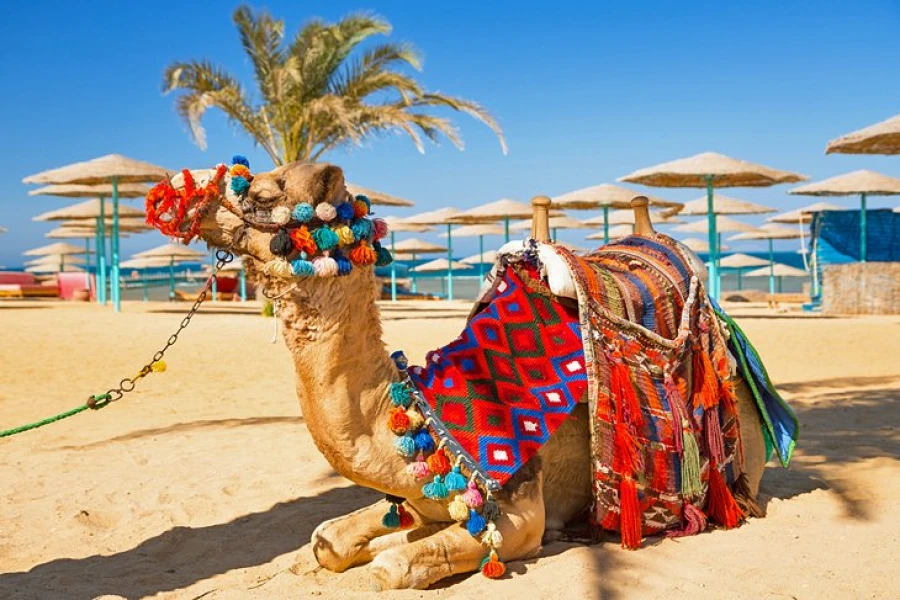The Coptic Cairo
The History of the Coptic Cairo
Cairo, the bustling capital of Egypt, is a city that contrasts ancient wonders with contemporary skyscrapers. Coptic Cairo is one of its great neighborhoods and it is considered an open-air museum for early Christian history and culture. If you’re making plans for an affordable Cairo short break tour to this historic area, there are several things that you should not forget about to enjoy your Egypt trip.
Discover Coptic attractions in Cairo
The Coptic Museum
The Coptic Museum is a perfect place inside the Coptic field in Cairo, where all information about Coptic Christianity is kept in full and magnificent. Founded in 1910 by Marcus Simaika Pasha for he was an Egyptian archaeologist and also historian and this serves as evidence that there has existed within the realm of Egypt’s Copts a varied and old history. To get the full experience of it, one can consider joining the Coptic Cairo and Coptic Museum half-day tour that encompasses visits to these two sites at once.
The Hanging Church in Cairo
Perched above the gatehouse of an ancient Roman fortress is one of the most recognizable places in Coptic Cairo, the Hanging Church (Saint Virgin Mary’s Coptic Orthodox Church). This church is famous for its amazing architectural elegance and historic importance that dates back to 7 AD.
Its name denotes its higher altitude, which creates an optical illusion of it being “hanging” within thin air. Colonial timberwork, elaborate iconostasis, and impressive old icons and relics are characteristic features of this church. If you want to see all of these landmarks, you should include this site in your Cairo day tour.
The Saint Sergius and Bacchus Church
To the south of this place is the Church of Saint Sergius and Bacchus, which was built over the spot where it’s believed the holy family rested during their flight to Egypt. The crypt within this church contains their remains, making it all the more significant from a historical and spiritual perspective.
This temple embodies ancient Coptic architecture as well as colorful papyrus paintings decorating its ceilings. For a deeper exploration of such historic sites, consider joining a 3-day Christmas tour in Cairo, where you will have an immersive experience of the rich Coptic heritage during festive seasons.
The Ben Ezra Synagogue
Next to the Coptic places, the Ben Ezra Synagogue is a remarkable example of Cairo’s mixed cultures. Once a Coptic church, it was changed into a Jewish temple in the 9th century. Its famous ancient documents contain some of the earliest Hebrew texts surviving today.
This unique spot showcases the intertwined life experiences of Jewish and Christian societies living in Egypt. To discover this and other historical sites, you may want to join a Cairo day tour to the Egyptian Museum and Old Cairo.
St. George’s Church: A Fortification
The Cairo Coptic tour will take you to the Church of St. George, one of the main attractions of Coptic Cairo. It has a circular shape, and its walls resemble a fortress, demonstrating its historical importance going back as far as the tenth century. Therefore, this is an important place for tourists these days.

What to Carry When Visiting Coptic Cairo?

During a trip to Coptic Cairo, it is essential to be ready to take full advantage of your visit to the various Coptic places while still conforming to neighborhood norms. Here are some useful things to carry when visiting Coptic Cairo that will guarantee a comfortable tour. Avoid tight-fitting clothes, short skirts, shorts, and strapless or low-cut tops, for some religious sites are very strict on the dress code. Easy-to-wear shoes should also be worn to prevent foot soreness during long strolls.
A bottle of water, a sunscreen, a hat, and sunglasses are items that shouldn't be left at home when the weather is hot and during the summer in particular. A camera will come in handy when taking pictures of historical buildings—check if photography is allowed—and a pair of binoculars will enable you to observe minor features in the buildings’ design and artwork.
Always bring a notebook and a pen and write observations or impressions about places that will be useful for the assignment. Sustenance agents are important for days when meals may be deferred and personal products such as lotion and hand sanitizers are very helpful.
How to Plan Your Visit to Coptic Cairo
You should not miss trying to eat the local food during your visit to Coptic Cairo. Many restaurants in this part serve normal Egyptian meals like kosheri and falafel. Moreover, walking around in the local markets could enable one to dive into local cultures with their various designs of handmade crafts, fabrics, and memorabilia available all over.
Location inside Coptic Cairo is well known for its beauty, well-decorated plain and murals, and historical importance. The ancient church is dedicated to St. Barbara, a 3rd-century Christian martyr. The church comprises classical Coptic architectural styles like the decorated iconostasis and the effervescent wall paintings showing scenes of faith as well as saints (Hendy 6). Its inner part is highly ornamented with detailed frescoes that showcase the artistic mode of early Coptic Christianity. Saint Barbara Church brings forth an understanding of Copt art and history, making it an important point for tourists either in guided tours or through their own efforts.

Enjoy your Cairo day tour of Coptic Cairo
This is a journey deep inside Coptic culture and the first Christian century. Architectural gems like the Hanging Church and St George’s Church, as well as priceless collections in the Coptic Museum and serene monasteries of St Mina or St Paul, are all among them. If you are looking for a complete experience, you might wish to consider joining the Egypt day tour that includes any of these highlights.
The Coptic Cairo is an area where elaborately designed places meet ideas of spirituality that have intertwined with stories from the past—it's just a perfect example of how long-age traditions can exist together alongside present-day practices. It transcends the mere understanding of Copts to reach out toward a more expansive understanding of Africa’s diverse faiths.









-webp.webp)







-webp.webp)

























-webp.webp)

-webp.webp)














-webp.webp)





-webp.webp)
-webp-webp.webp)
-webp-webp.webp)
-webp-webp.webp)
-webp-webp.webp)
-webp-webp.webp)
-webp-webp.webp)
-webp-webp.webp)
-webp-webp.webp)
-webp-webp.webp)
-webp-webp.webp)
-webp.webp)
-webp-webp.webp)
-webp-webp.webp)
-webp.webp)
-webp.webp)
-webp.webp)
-webp-webp.webp)
-webp.webp)
-webp-webp.webp)
-webp.webp)
-webp.webp)
-webp.webp)
-webp.webp)
-webp.webp)
-webp-webp.webp)
-webp-webp.webp)
-webp-webp.webp)
-webp-webp.webp)
-webp-webp.webp)
-webp-webp.webp)
-webp-webp.webp)
-webp.webp)
-webp-webp.webp)
-webp-webp.webp)
-webp-webp.webp)
-webp-webp.webp)
-webp-webp.webp)
-webp-webp.webp)
-webp-webp.webp)
-webp-webp.webp)
-webp-webp.webp)
-webp-webp.webp)
-webp-webp.webp)
-webp-webp.webp)
-webp-webp.webp)
-webp-webp.webp)
-webp.webp)
-webp.webp)
-webp.webp)
-webp.webp)



